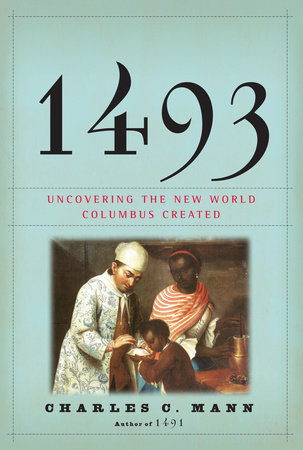

City of Quartz is in part a history of how such features came to be etched so firmly into a metropolis that sold itself as a land of open roads. Reading Davis gave me a language to articulate the purposes of the city’s built geography, the ways its urban design enforced the sorting of its more and less worthy citizens. As a result, I rarely went running in Beverly Hills, taking my chances on LA’s considerably more uneven sidewalks instead.

Considered alongside the lawn signs on other homes that warned trespassers of an “ARMED RESPONSE,” it all amounted to an unambiguous message: stay out. It occurred to me then that the house might not actually be a dwelling, but instead a kind of border barricade. The first house on the Beverly Hills side had barred windows and a caged entryway that belied the friendliness of its impeccably manicured lawn. The Beverly Hills half of the street was paved with pristine black asphalt, while the LA half was composed of cracked gray concrete slabs. A visible line in the middle of the street divided those tiny mansions (and the rich municipality that sponsored them) from my apartment in the actual city of LA.

I lived in a boxy, low-rise apartment complex just across the street from the million-dollar, faux-Mediterranean bungalows of Beverly Hills.

I discovered Davis in my early twenties, just after I’d moved to Los Angeles. Most famously, perhaps, Davis declared that the city’s urban design was governed by an ideology of “spatial apartheid” and cataloged “the emergent liaisons between architecture and the American police state.” Even celebrated Angeleno Frank Gehry comes under fire as one of the chief architects of “Fortress L.A.” He countered celebrations of LA’s revival-emblematized in its hosting of the 1984 Olympics-with an account of a city fractured by publicly subsidized hyper-gentrification, government disinvestment, white-homeowner revolts, and an impoverished and disenfranchised Latino and Black underclass. Davis made his name with the 1990 publication of City of Quartz, a series of acerbic, exhaustively researched meditations on twentieth-century Los Angeles. The worst compliment you can give Mike Davis is to call him a prophet-he takes no pleasure in being right.


 0 kommentar(er)
0 kommentar(er)
